On-Page SEO Techniques
Search Engine Optimization is the process of optimizing a website by means of its content, images and HTML file, etc. Mainly SEO optimization can be categorized into two as, On-Page SEO and Off-Page SEO. In the following session, we are going to discuss On-Page SEO.
On-page SEO is the process of improving the quality and quantity of website traffic for increasing the visibility of pages to the user on the search engines. For doing this you have to optimize the content and HTML source code of a page that you want to rank in search engine.
On-Page SEO
Optimizing a website may include the modification of content, adding new content, and modify HTML and its associated code for the betterment of the website. These changes are done to improving the relevance of focusing keyword and quality content and thus influence the ranking factors manually.
Let us discuss the On-page SEO techniques briefly. The various optimization includes;
- Title Tag Optimization
- Meta Tag Optimization
- Body Tag optimization
- Content Optimization
- Anchor Text Optimization
- Image Optimization
Title Tag Optimization
The title tag is an HTML element that indicates the title of web pages. The title tag can be visible on the search engine result page as the clickable element. It must contain an accurate and precise definition of the content. The character limit of the title is between 55 to 65 (in pixel 512 pixels), then only Google can display this on SERPs. The content should be meaningful without any misspelled words. It's better not to use a fully block letter and fully small letter, because of character limitation.
A title must be impressive and unique. Google consider duplicate title content as an error.
In some case such as no title is given Google take the H1 content inside the body as default definition. If no H1 then take H2 content.
Meta tag Optimization
Meta tags provide data about your web pages to search engine and website visitors. This data can be called a meta description. Which makes it easier for the search engine to understand what your content is about.
Meta tags are placed inside the head section of the HTML document. Its character size is limited for a page is between 155 to 160 that for a post is 154 to 155. In the case of a post, the character includes a default date. In pixel, it will not exceed 1024 pixels.
Meta tag description must be impressive and attractive because it will be the definition that can be seen on the Snippet of a website.
Now, what is a Snippet?
The snippet is a small piece of brief extract. The format of search results you can see on Google when you search for something. A basic snippet consists of;
- SEO title
- URL and
- Description
This all together is called a snippet. Hence the meta description is a relevant part of a website to attract users through its snippet description.
Body Tag Optimization
The content inside the body tag is the fact that is visible for the user. Inside the body, the tags for text are used. The content inside H1 indicates some important text on your page.it consider as the heading of the page. Hence if no description is given in meta tag Google will take this H1 as the description. So the content inside the H1 tag great relevance. It must be a suitable heading for the page. And it must not be too long and too short. It also can be the keyword itself. There is no character limitation for body content. More than one H1 content is not suitable for the website. If exist Google will save such pages into the Sandbox.
SandBox – is a directory kept by Google to save pages that are not clearly defined. Because Google cannot understand such pages. This will be the same for the case of H2 too. After H2 Google considers H3, H4.
Content Optimization
Google says that content is the one important criterion for organic search, but what makes a content good in terms of SEO?.
A website without quality content is like a car engine without wheels. An effective study on the search strategy of users, to know what queries the audience using and what kind of answers they expecting. Then you can design a content strategy that gives specific answers to their questions.
Thus quality content will result in more interaction of users. They spend much time in your website, finally result in Google search result ranking. Factors that need to be considered are;
- The sentence must be limited in 20 words and simple too.
- Try to use focusing keyword in the starting of the content, either in a paragraph or sentence. But it should maintain the Keyword Density.
- Keyword Density – It s the ratio between the total number of words in content and total keywords. Out of 100 words, 4 keywords indicate keyword density is 4%. Google says that the number of keywords out of 100 by 2. Instead of frequently using keywords directly, we can use synonyms and variations of the keyword.
- To enhance the attraction of contents you can use bold elements.
- One thing that should be noted that content optimizing is not only for ranking websites but also for helpful for users. Otherwise, the Bouncing Rate on your website will be high.
Bouncing Rate – Is the analysis rate of how fast a user quite one website without spending minimum time on a website. The bouncing rate of the website will be higher if most of the user visiting the page is quite the website in a few seconds.
Anchor text optimization
Anchor text is a word or sentence, which set as a hyperlink when linking with other web pages or documents. It generally appears like a blue-colored text with an underline. Anchor text provides relevant information about the content of linked web pages. The format of anchor text is as follows;
<a href = https://www-wikiepedia.com>Anchor Text </a>
Here the URL is the target link and the text “ Anchor Text ” is the anchor text.
There exist different types of the link;
- Outbound Link – Link to a page outside your website
- Internal Link – link to your website itself is an internal link.
- Inbound Link – Link to your page from another site.
Image optimization
Google says that every day hundreds of millions of people use Google Images to discover the content they try to explore. Because users get more clarity on information while they seeing an image or a video than spending time to read an entire paragraph. That's, why google promotes search through images and thus image optimization is becoming a matter. To effectively optimizing the images of your website following are helpful;
Alt Title – Alt title is the alternate name of the image, which you can see on images when hovering the mouse. So it is important to given appropriate names to the images that you were used in your web pages so that users can identify what the image means.
File Name – Google cannot crawl the image, hence it cannot identify for what the image stands. Because of that, the images with file names let Google understand the image and thus improve the search results. Better use of the image will result in better ranking and quality information.
To know more about SEO please visit my previous post. Click Here
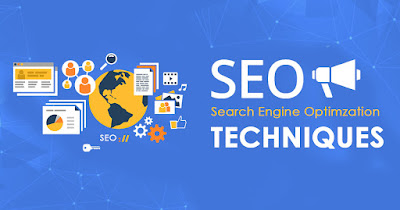
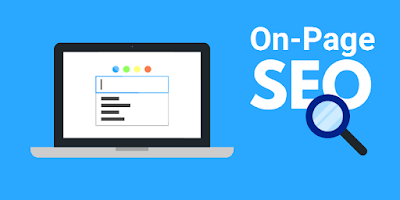
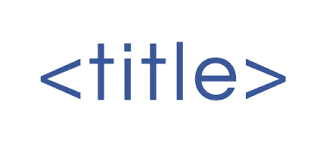
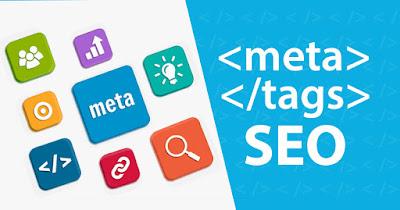
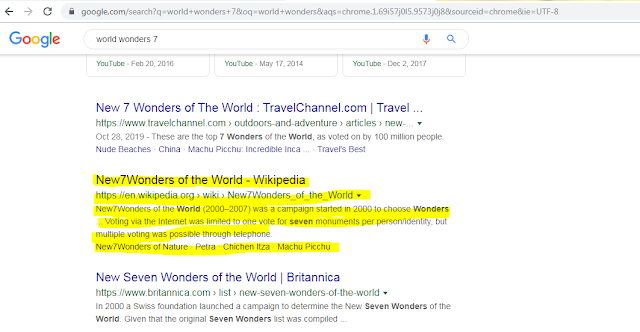
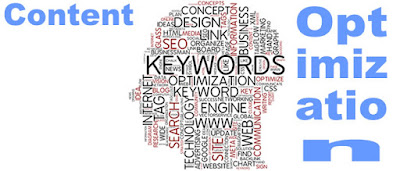
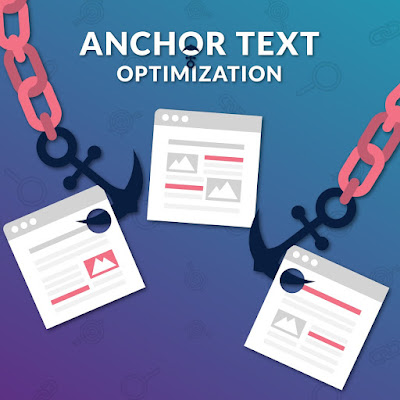
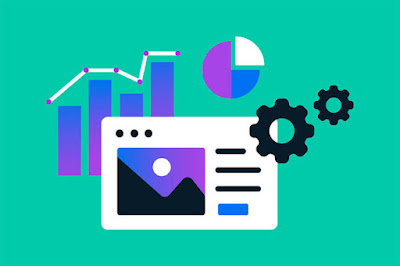
Great post.
ReplyDeletehttps://www.goodreads.com/user/show/113135588-muhannadhana
This post is very good
ReplyDeleteSEO Company Adelaide
Thank a lot for providing such a useful information. I would consider this in my blog . SEO GOAL POINT
ReplyDeleteGreat post.
ReplyDeletehttps://ello.co/bradymuller